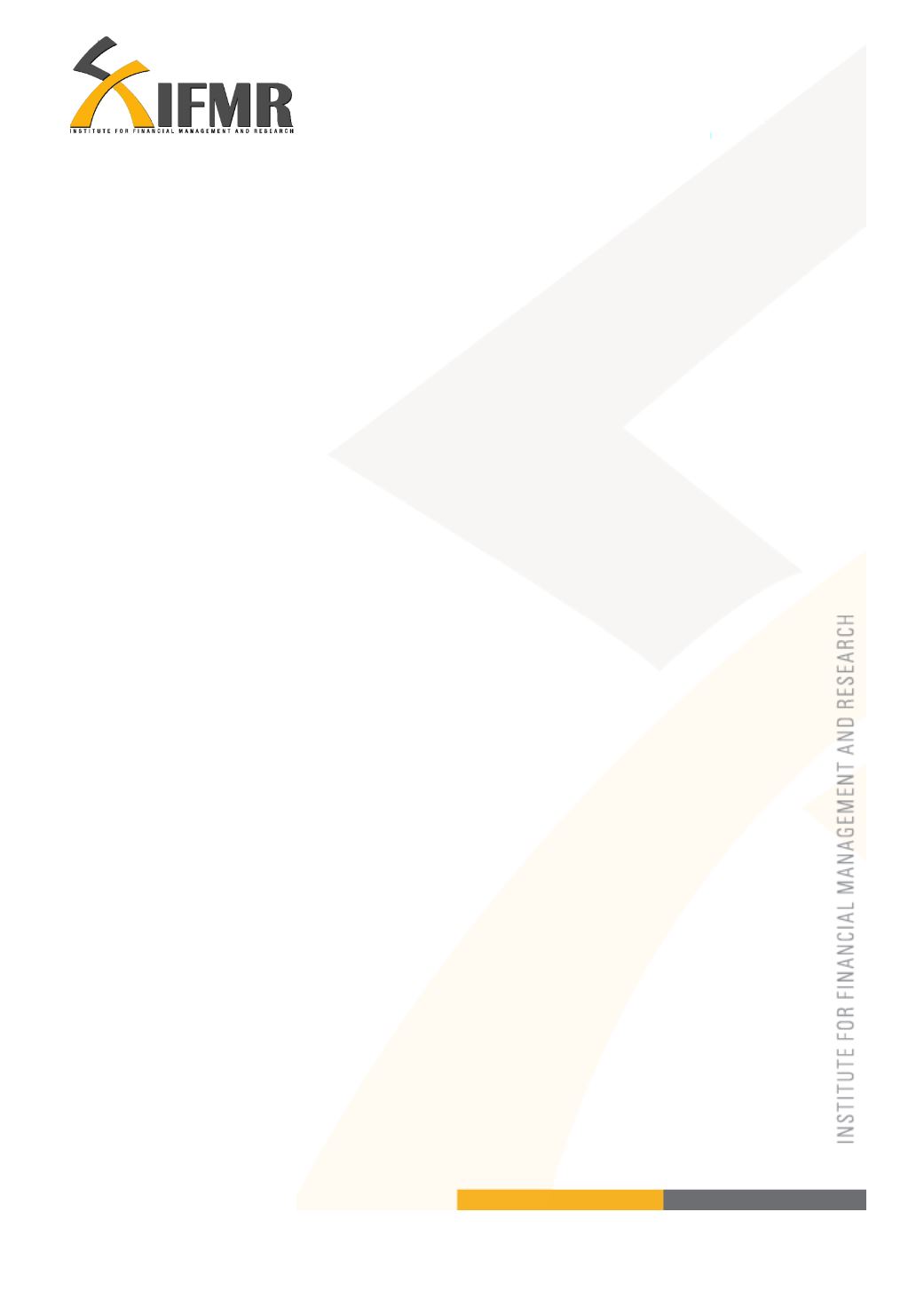
49
In Tamil Nadu, as can be seen from Table 8.4 we again found that the difference in
income between the skilled and unskilled category of the household head was
significantly different. We can hence classify members/ household heads into four
distinct categories in terms of occupation. The highest percentage of members is
unemployed/housewives. This could be because their husband does have a steady job
and for them being an SHG member is a way of getting into a social circle. The next
highest percentage of members falls in the skilled category. They include members who
have their own business or who are involved in tailoring, weaving, sales, private or
government job and driver. Their average salary is about Rs. 4,000 per month. These
were the highest earning among the members. They are the building blocks of the groups
who keep the groups together and sustain its functioning smoothly. The last category
was the unskilled that were beginning to understand the power of saving in a formal
financial institution earning just about Rs. 2,000 per month. To them having became a
member, they see hope for a better future.
8.3
Savings and livelihood activity and or Lifecycle need
Many NGOs persist with the idea of “dream goals” with its members. This way they can
get members to think about any economic activity that they wish to be involved in the
near future or save for a forthcoming expenditure. They almost force members to write
down their needs and save for the same. The first two tables below (Table 8.5and 8.6)
show the relationship between amount of savings and amount of loans either from the
SHG or other sources. We find that in Tamil Nadu the dream goals are children’s
education, marriage and household expenditure. In tables 8.7 and 8.8 we see the
preferences of members in Karnataka which are almost the same.


